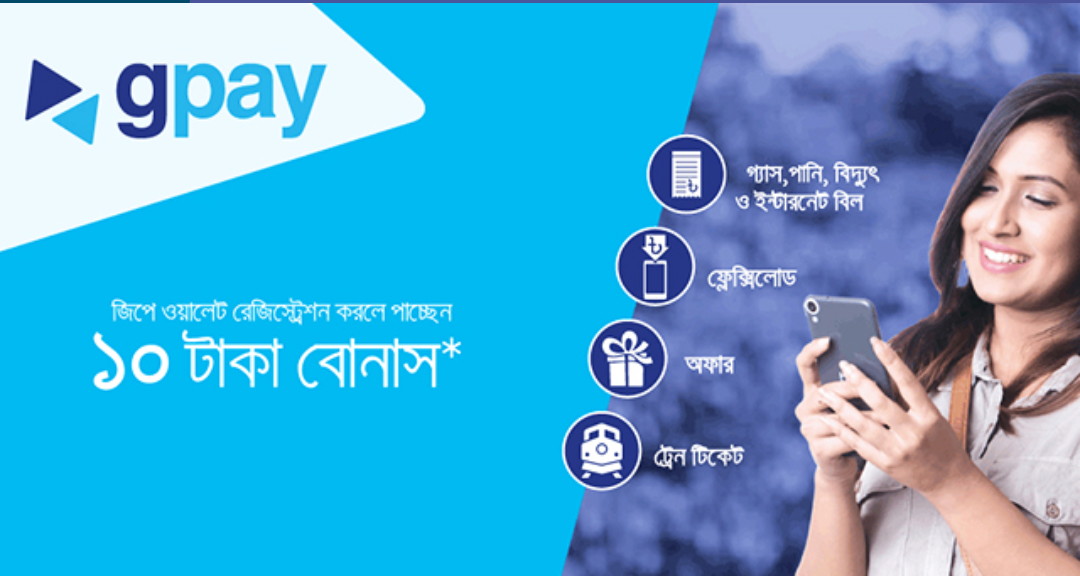

 Your information isn’t shared - When you use your device to pay in stores, Google Pay doesn’t send your actual credit or debit card number with your payment. Multiple layers of security - Google Pay and Google Wallet™ protect your payment information with multiple layers of security, using one of the world’s most advanced security infrastructures to help keep your account safe. It them became more of a peer-to-peer payment system.Įventually, in 2018, Google combined the original Google Wallet app’s functions together with Android Pay into the new unified Google Pay app. Google Wallet was the name Google initially chose for its NFC payment app when it debuted in 2011. Google Pay will stick around as a means of transferring money to friends. Google is also following Apple’s lead and incorporating your photo ID, and is working with governments to add driver’s licenses to the mix.Įssentially, as Google’s explainer website lays out, the company is looking to do to your physical wallet what has already been done to the poor old point-and-shoot camera: replace it with your smartphone.Īs noted by The Verge, the new app will completely replace the current Google Pay provision in most countries, but users in the US and Singapore will have access to both apps going forward.
Your information isn’t shared - When you use your device to pay in stores, Google Pay doesn’t send your actual credit or debit card number with your payment. Multiple layers of security - Google Pay and Google Wallet™ protect your payment information with multiple layers of security, using one of the world’s most advanced security infrastructures to help keep your account safe. It them became more of a peer-to-peer payment system.Įventually, in 2018, Google combined the original Google Wallet app’s functions together with Android Pay into the new unified Google Pay app. Google Wallet was the name Google initially chose for its NFC payment app when it debuted in 2011. Google Pay will stick around as a means of transferring money to friends. Google is also following Apple’s lead and incorporating your photo ID, and is working with governments to add driver’s licenses to the mix.Įssentially, as Google’s explainer website lays out, the company is looking to do to your physical wallet what has already been done to the poor old point-and-shoot camera: replace it with your smartphone.Īs noted by The Verge, the new app will completely replace the current Google Pay provision in most countries, but users in the US and Singapore will have access to both apps going forward. 
It’s intended to be a means of housing all your digital cards, travel tickets, vaccine passes, keys and more. It claims that it’ll be available “to all users over the next few days.”įollowing heavy rumours, Google announced its new Google Wallet app back at Google I/O in May. Google Wallet has begun appearing for certain Android users, with Google itself confirming that the update process has commenced in 39 countries. The new Google Wallet app has started rolling out in some countries as a replacement for Google Pay.







 0 kommentar(er)
0 kommentar(er)
